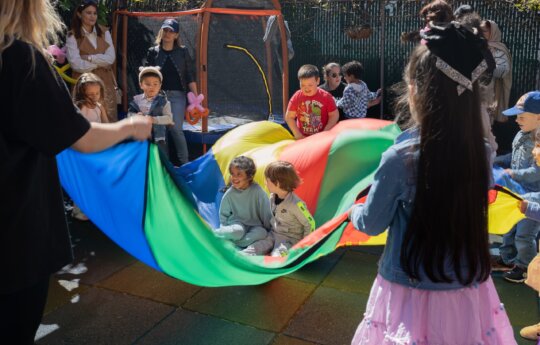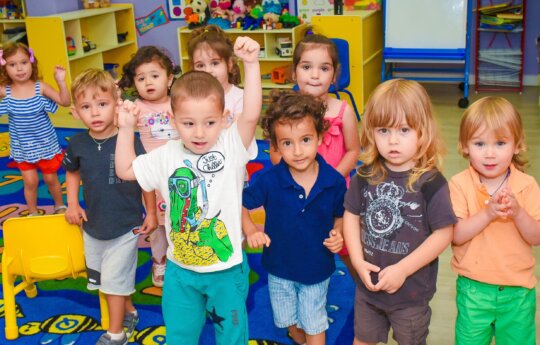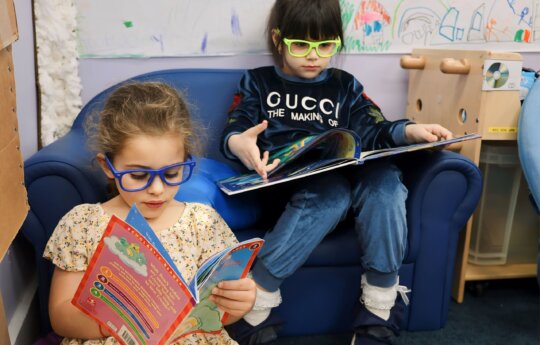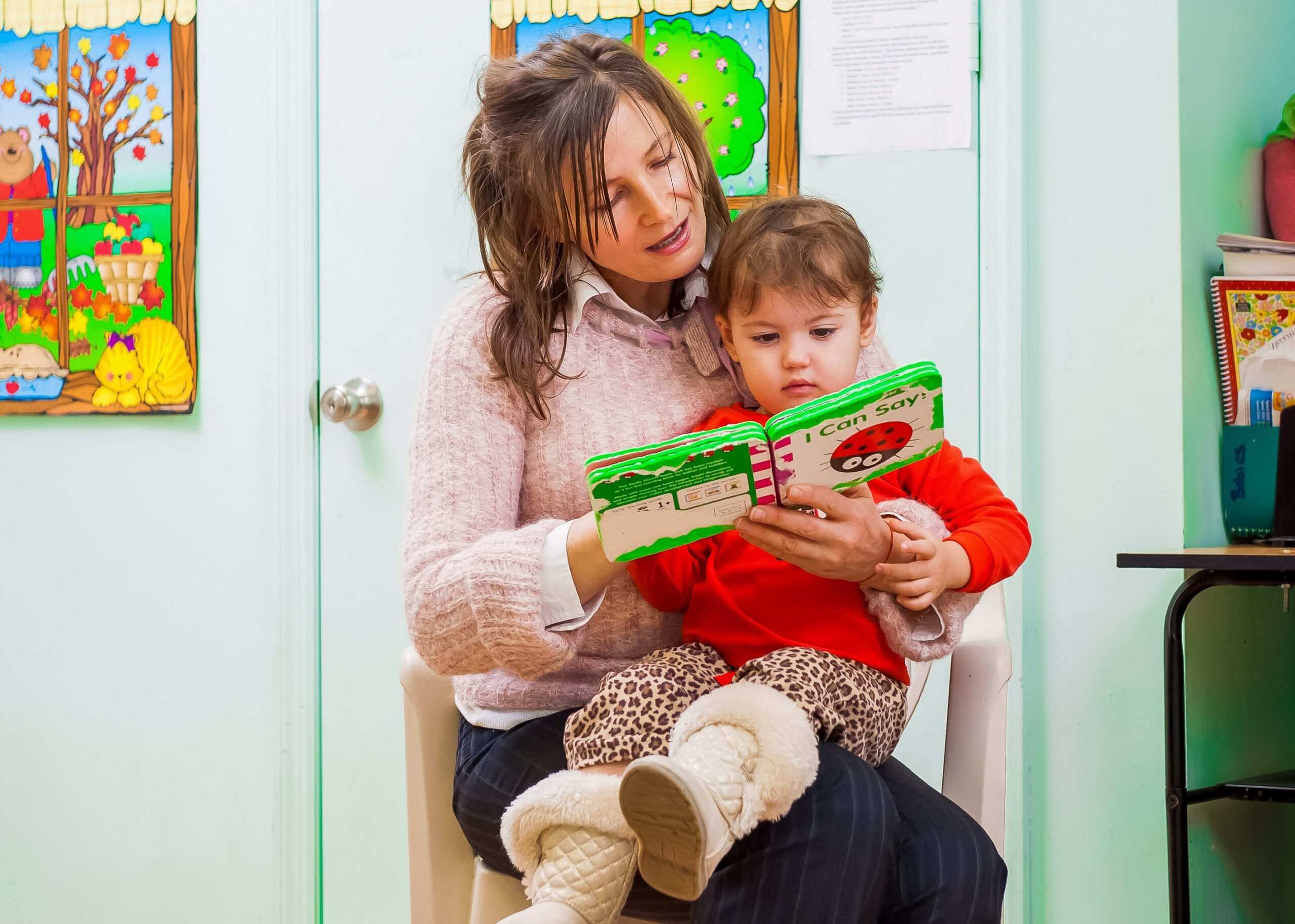
Reading to children from a very young age is one of the foundational experiences that promote emotional bonding and highly facilitate cognitive development. When parents and caregivers read aloud to little ones, they provide them with a sense of security, giving them a piece of language too and thus sparking an interest in sounds, words and pictures early in life.
Age-appropriate books can be considered to be that category of books which is designed to meet the developmental needs, interests and abilities of children at a certain period of their life. Choosing the age-appropriate books is one of the strategies that can enhance learning and ensure that reading is a fun and rewarding experience throughout a child’s early years.
Characteristics of Books for Various Kids Age Groups
Infants (0-1 Year)
When it comes to infants, books that work for their senses are the most prominent. Thus, high-contrast ones are ideal since they stand out in an infant’s relatively undeveloped vision, helping them focus. In addition, books with some textures to touch may help in reveling infant’s senses. Also, symbiosis and rhymes should not be forgotten as they will contribute to the further development of auditory skills in a child.
Recommended books:
- “Black on White” by Tana Hoban: This book features high-contrast black-and-white images designed to stimulate visual development in very young babies.
- “Pat the Bunny” by Dorothy Kunhardt: A classic touch-and-feel book that invites babies to interact through tactile stimulation.
Toddlers (1-2 Years)
Interactive books are the best choice for a child between one year and two years old. Since infants in that age are mainly focused on unveiling the secrets that the world has in store for them, books with simple but vibrant pictures and only rudimentary lines of a story are perfect for toddlers. As for the interactive options, lift-the-flap is the most efficient one as it will encourage the target audience to try and follow a book.
Recommended books:
- “Dear Zoo” by Rod Campbell: A lift-the-flap book where children can discover different animals, perfect for teaching names and sounds.
- “Where’s Spot?” by Eric Hill: Another interactive lift-the-flap book that encourages toddlers to search for Spot, fostering problem-solving skills and anticipation.
Age 2-3 Years
Infants between two and three years old should be definitely offered books with simple narrations, repetitive phrases, and rhymes. Not only do these elements contribute to the growth of their phonemic awareness but they also make reading enjoyable.
Recommended books:
- “The Very Hungry Caterpillar” by Eric Carle: Offers a compelling story of transformation with rhythmic, repetitive text and vibrant illustrations.
- “Brown Bear, Brown Bear, What Do You See?” by Bill Martin Jr. and Eric Carle: Uses a repetitive structure to introduce colors and animals, making it interactive and educational.
Age 3-4 Years
At this point, a book with a more complex storyline that boils down to the basic moral lessons summed up at the end. The presence of interesting, curious characters with setting which encourages understanding and empathy is advised.
Recommended books:
- “We’re Going on a Bear Hunt” by Michael Rosen: Features a repetitive tale that allows children to participate and predict the next events, perfect for more adventurous listeners.
- “Room on the Broom” by Julia Donaldson: A story with themes of friendship and teamwork, filled with engaging rhymes and memorable characters.
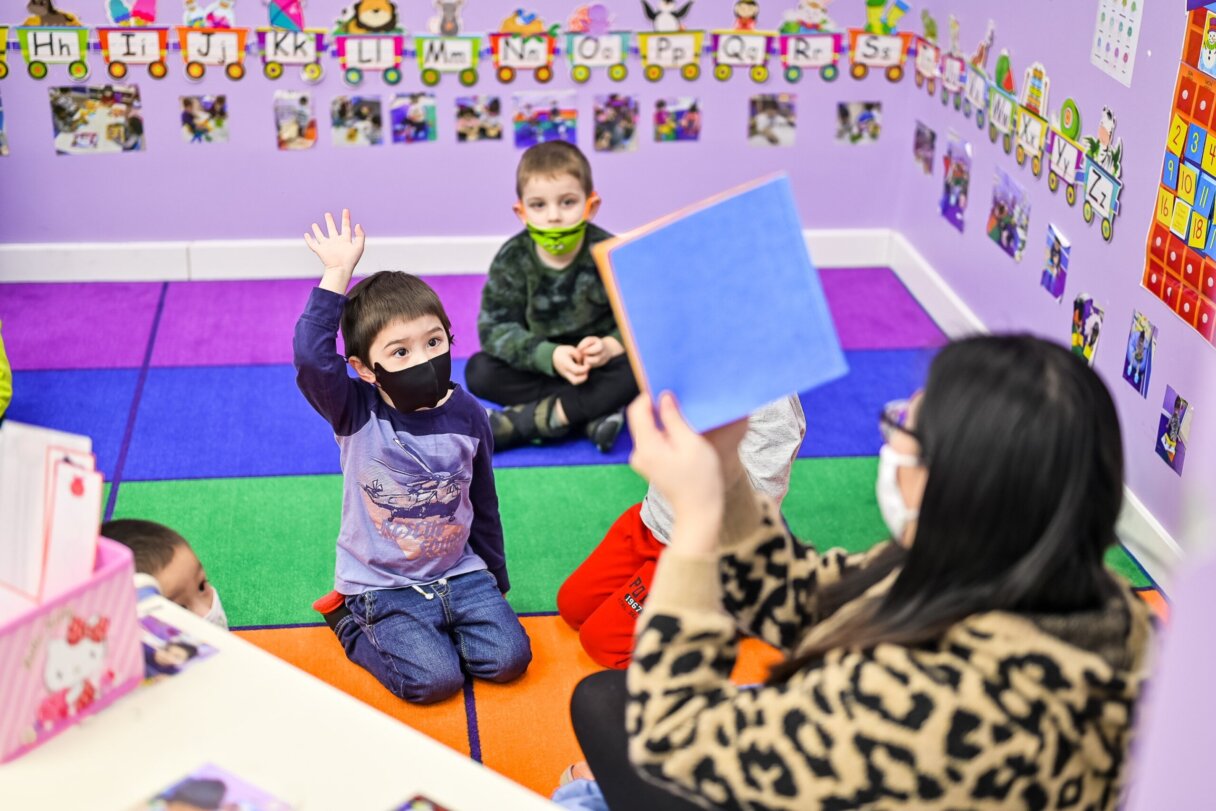
Tips for Choosing Age-Appropriate Books
How to know if books are age appropriate? Choosing suitable books for toddlers while they are growing may have a great impact on their further development and enjoyment of reading. Here are some tips used by librarians to select an interesting as well as developmentally suitable book for a particular toddler:
- Study the plot of the book
- Pay attention to the age-appropriateness of the story
- Assess the size of the text and the pictures in the book
- Consider the narrative and the flow of the story
Therefore, to check whether the book is suitable for the toddler’s age, one needs to be able to analyze the plot and narrative.
Gauging the Text-to-Picture Ratio
The ratio of text to pictures in children’s books is an important consideration and should correspond to the child’s developmental stage.
- Infants (0-1 Year): Books that are almost wholly pictures are best. High-contrast images with a minimum of text should be used, as infants react better to pictures.
- Toddlers (1-2 Years): Since toddlers are beginning to understand more words, mixed books can be used. At the same time, the text will be concise, clear, and subordinate to the image.
- Age 2-3 Years: At this age, mixed books can be used, but pictures will remain an important addition for the child to grasp the order of things and not lose interest.
- Age 3-4 Years: Text can be slightly reduced since by this age, children have already developed a listening language, and they can maintain a book. However, even at this age, children’s books are still primarily pictures with a textual background to the story.
Importance of Interactive Elements and Sensory Experiences
Young kids who already advanced with their speech, both digital and traditional picture books that promote questioning, explanation, and dialogue involve will help develop cognitive, emotional, and social skills:
- Counterintuitive Books: Books that offer tricky concepts or unusual combinations encourage early logic and understanding of opposites. Helping children understand the content may also imply spending some time discussing it, which would provide interactive practice appropriate for older toddlers.
- Coordination Books: Books that involve searching for hidden objects or can be used to play games promote active engagement and physical coordination and cognitive skills.
Role of Themes and Characters in Engagement
For older toddlers, the themes and characters become of ever growing importance. Some of the recommendations, specific for this age group, include:
- Relatable themes. As older toddlers become more aware of their surrounding world, materials with familiar themes, such as visiting the park, getting ready for bed, and making friends, may help them establish connections between their real-life experiences and what they read in books.
- Attractive characters. Characters that are likely to be visually appealing and relatable to children may help hold a toddler’s attention throughout the reading session. Moreover, characters facing challenges or going on adventures in their stories may teach basic moral lessons and improve toddlers’ emotional and social development.
- Representatives of diversity. Finally, consider selecting books featuring characters from different cultures and social backgrounds. Such books may help children understand the world’s diversity, develop empathy, and become accepting, inclusive members of society.
By taking these aspects into account, parents and educators can make sure their toddlers’ reading experience remains a useful and interesting part of their early development.
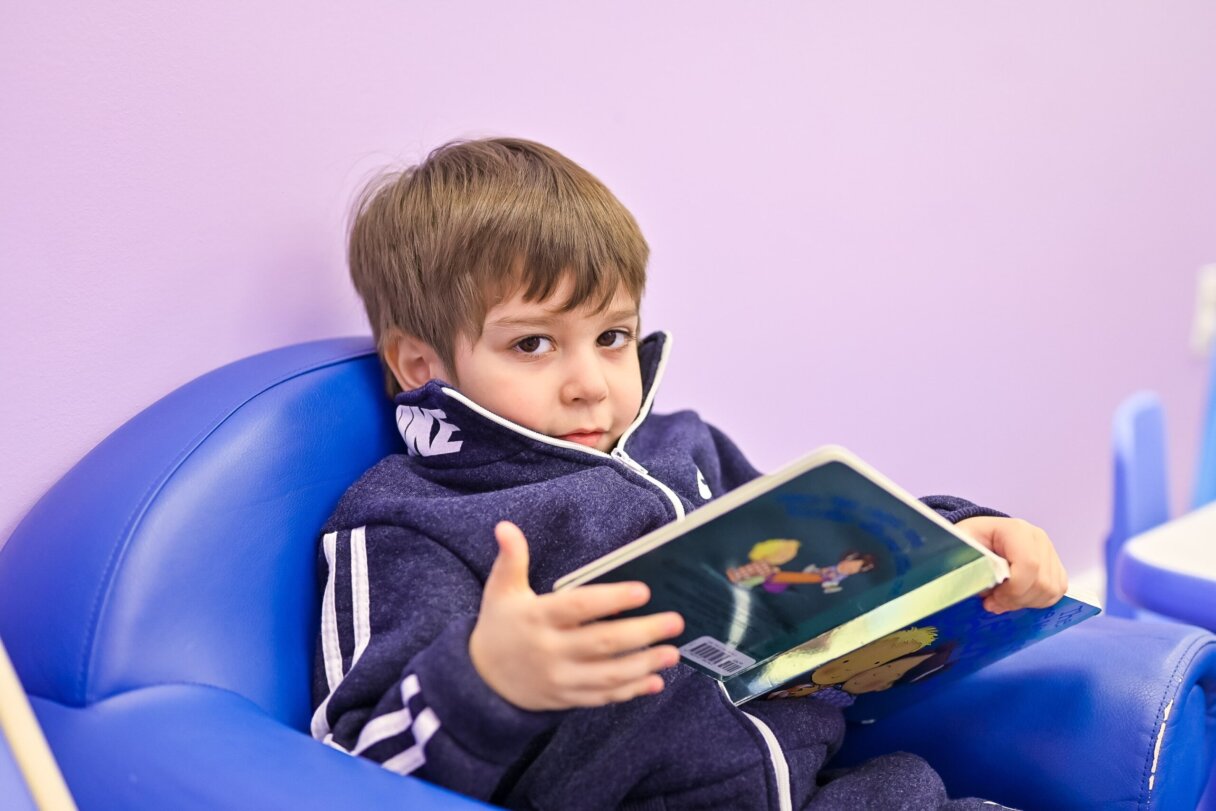
Additional Considerations
There are also several additional aspects to consider that would not only help to make the reading experience of a toddler more engaging but also meet the broader developmental objectives.
Importance of Diversity and Inclusion
- Reflecting real world diversity. It is important for children to realize and accept the fact that the world is diverse. Books are an effective way to introduce your children to different cultures, races, and family types, helping them to develop an inclusive acceptance mindset and realize that people are different but equal.
- Broadening perspectives. Having stories with diverse characters helps children become more open-minded, more empathetic, and more understanding toward people who might look and live differently or think differently than what they consider normal.
- Rolemodels. Having a diverse set of role models to identify oneself is important for the development of the personality of a child. Children who see themselves in books boost their confidence, while those who see others develop their tolerance to variety. It is, however, important to present both male and female characters as heroes equally, without any signs of gender discrimination.
Durability of Books
- Structure. As we know, toddlers might be not always have willing to do something. That is why, books should stand out. This type of books will easier captivate the attention of a child and make them curious.
- Material. Unfortunately, the purchase of the book might not a result in the book being read, but pieces of it being swallowed. That is why, the material should be non-toxic. Moreover, books that have small detachable parts shall not be considered.
- No loose pieces. The final touch is that only safe interactive and touchable elements of the book should be on engagement. So, if a book contains one it shall always be firmly attached.
Conclusion
The significance of age-appropriate reading materials for toddlers cannot be overemphasized. It is an essential aspect of early childhood development that goes beyond mere parenting. Reading enhances not only verbal language skills but also emotional comprehension, cognitive development, and a lifelong passion for inquiries and discoveries. Children’s books properly correspond to toddlers’ developmental stages, and every book encountered is a step in the learning experience. It offers new challenges, insights, and motivations that accurately correspond to a toddler and moving to a new age.
Join us at Little Scholars Daycare!
At Little Scholars Daycare, we understand the power of a good book and the impact it has on a young scholar’s mind. Remember, every book you share with your child opens a door to a world of opportunity. Let’s make reading a priority in their lives today!


